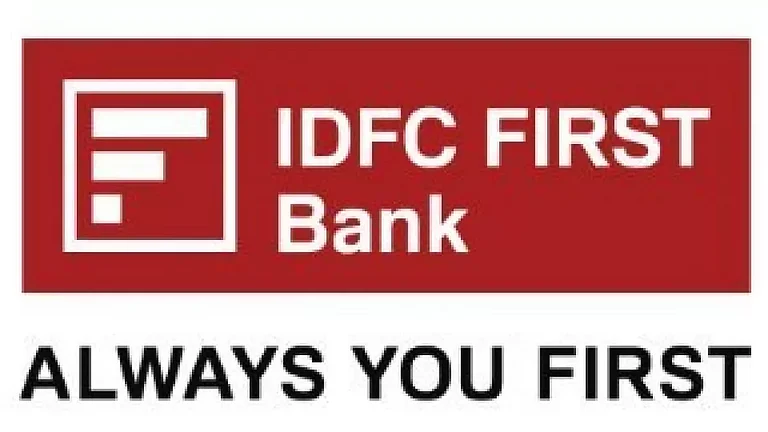India’s digital revolution has been one for the history books. From Aadhaar and UPI to DigiLocker and now, the Digital Rupee. As we advance the Central Bank Digital Currency (CBDC) pilot programs, the country stands at a critical juncture – will the Digital Rupee become a tool for broader financial inclusion, or could it risk slipping into digital surveillance?
India’s Digital Rupee: A Step Toward Financial Inclusion or Digital Surveillance?
As we advance the Central Bank Digital Currency (CBDC) pilot programs, the country stands at a critical juncture – will the Digital Rupee become a tool for broader financial inclusion, or could it risk slipping into digital surveillance?
The answer doesn’t lie in binaries. It will depend entirely on how we design, deploy, and govern this system.
Digital Rupee: Built for India’s Unique Landscape
CBDCs in many countries are still grappling with early-stage bottlenecks. India, however, is positioned differently. Thanks to the public infrastructure stack — Aadhaar, UPI, DigiLocker — we’re not starting from scratch. We’re building on top of one of the most mature digital ecosystems globally. This gives us the chance to lead and shape the global CBDC narrative.
We’re witnessing growing alignment between the public and private sectors. Governments offer scale and regulatory clarity, while private players bring in cutting-edge innovation, agility, and real-world use cases. Several emerging infrastructure providers are already building programmable financial rails tailored to government and enterprise needs — focused on privacy, scalability, and interoperability.
Yes, India has made remarkable progress in financial inclusion. But let’s not forget: millions in rural areas, informal sectors, and low-connectivity zones remain digitally underserved. This is where the Digital Rupee can have real impact.
With built-in capabilities like instant settlement, minimal transaction costs, and offline transacting, it can unlock financial access at the last mile. Offline payments, in particular, are a game changer for Bharat — enabling meaningful usage in areas with limited internet access.
From Visibility to Surveillance
The flip side to traceability is surveillance. Every CBDC transaction is inherently auditable and can be monitored or even reversed based on how it’s built. And this is where responsible architecture becomes non-negotiable.
Blockchain offers the best of both worlds: it can preserve transparency while enabling programmable privacy. Some of the more forward-leaning financial technology firms have been working on systems that embed logic for compliance, verification, and settlement — without exposing sensitive financial data.
This means you can embed rules and oversight directly into currency rails, ensuring accountability without sacrificing individual agency. In a country as large and complex as India, scalable infrastructure that respects democratic values is key.
Building a Borderless Payments Layer
CBDCs won’t just be domestic instruments. We’re looking at a future where interoperable CBDCs form a bridge for global trade, remittances, and financial diplomacy. A blockchain-based Digital Rupee can play a huge role in redefining the unit economics of cross-border transfers.
If designed interoperably, the Digital Rupee can help India become a trusted settlement layer for the Global South. This isn’t just a technological shift – it’s a geo-economic one.
Some firms in the ecosystem are already developing frameworks for cross-border CBDC interoperability through standards-based identity layers, zero-knowledge proofs, and hybrid settlement networks — innovations that could become essential as India deepens its role in digital public infrastructure.
But this vision requires more than a technical rollout. It demands regulatory convergence, strong identity protocols, and a governance model that scales across borders.
A Currency with a Conscience
Money isn’t just infrastructure. It’s a reflection of how we build trust in society. The Digital Rupee has the potential to rewrite the financial blueprint for 1.4 billion people. But it must be built with the citizen at the center, not just the system.
Privacy must be foundational — not a trade-off. With India’s engineering talent, design principles, and public stack, we have what it takes to build a currency that’s pro-growth and pro-people.
Oversight is important. But so is agency. Financial inclusion without user control is just extended reach without empowerment.
India’s moment is here. The question isn’t whether we build the Digital Rupee — the question is: will we build it for the people it is meant to serve?
[The author is the Global Head of Payments at Polygon Labs]
